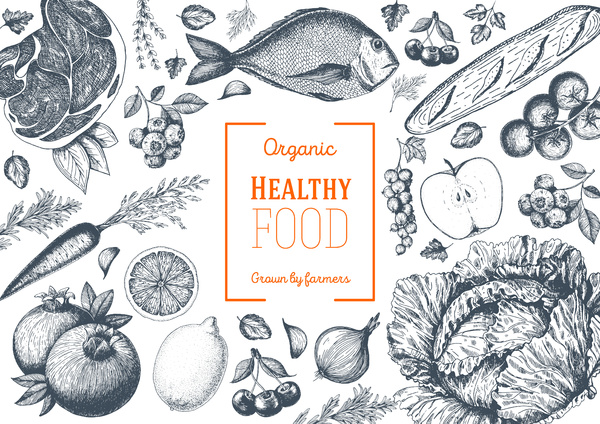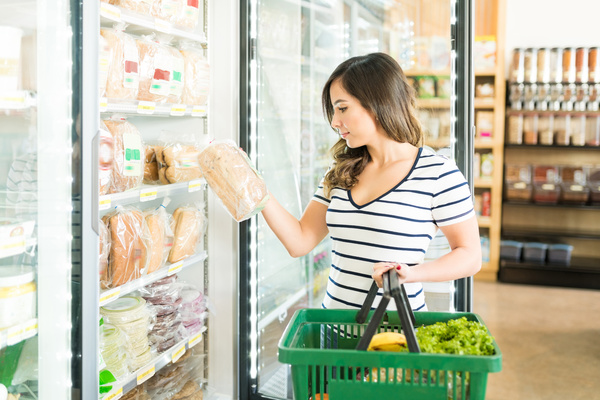
If you are selling organic CPG products, you will need to follow the criteria established by the United States Department of Agriculture (USDA). Once you meet all requirements, you can advertise your products as organic.
Organic products have become very popular among sellers and buyers. According to a recent organic market summary, organic products are sold in approximately 20,000 natural food stores and around ¾ of all conventional grocery stores.
The USDA is very specific about the labeling of organic products. There is confusion surrounding whether certain goods are natural or organic, which is one reason for the strict requirements. Your CPG packaging should reflect accurate information so what you are selling is clear.
Food manufacturers must take these requirements seriously or pay a hefty fine. Following them will prevent paying for label reprints and delays in selling your product. Here are the five steps you need to follow to save time and money.
1. Check Your Ingredients
Check all ingredients in your product to ensure they meet the USDA requirements. Your product can be labeled as organic in three ways:
- 100% organic
All ingredients are organic in the way they are processed.
- Organic
Here, 95% of the ingredients are organic. The other 5% are on the National List as specified by the USDA.
- Made with Organic
Include this on your label when 70% of the product is organic. All-natural or synthetic ingredients it contains are on the National List.
By definition, the National List identifies which synthetic substances are allowed and the nonsynthetic (natural) substances that are prohibited from use in the production of organic livestock and crops. Some non-organic substances are also permitted for use on organic products that are processed.
2. Disclose Organic Product Certification Information
Disclose the name of the agency that provided your organic certification. This information should appear on your label.
It will read “Certified Organic by” followed by the agency name. Only use the seal of the certifying agency if it contains this exact information.
3. Show the Organic Ingredients
When labeling with “organic” or “made with organic,” it is essential to show which ingredients are actually organic. Using the word “organic” before each ingredient takes up a lot of space. Instead, include an asterisk before each ingredient, then specify what this symbol means below.
If you are labeling a product as 100% organic, you will not need to take this step. This is because all ingredients are organic.

4. Verify All Statements Are Correct
Any time you place a statement on a CPG packaging label, you need to ensure your claims are correct. Examples include:
- Showing percentages with graphics
- Claiming your product is x% organic
- Claiming your product is “made with organic”
When claiming a product is a certain percent organic, there are certain ways to display the percentage. These include:
- Unified font (do not bold or italicize to make the information stand out)
- A font size that is one half the size or less of the largest font in the logo or panel
- Consistent font color
5. Get Your Stamp of Approval
Before the final printing of your label, you will need the stamp of approval from the certifying agency. If the agency requests changes, make them before resubmitting. Once all changes meet the USDA requirements, you will receive final approval of your organic product.
Though the percent of organic products sold is lower than that of conventional food, organic food sales are growing. Research shows 5.7% of all food sold in the U.S. is organic. Accurate labeling will help continue increasing this percentage for the future.
PKG Brand Design is always on the forefront of new CPG branding and packaging initiatives. Please subscribe to our blog for the latest package design industry news!







